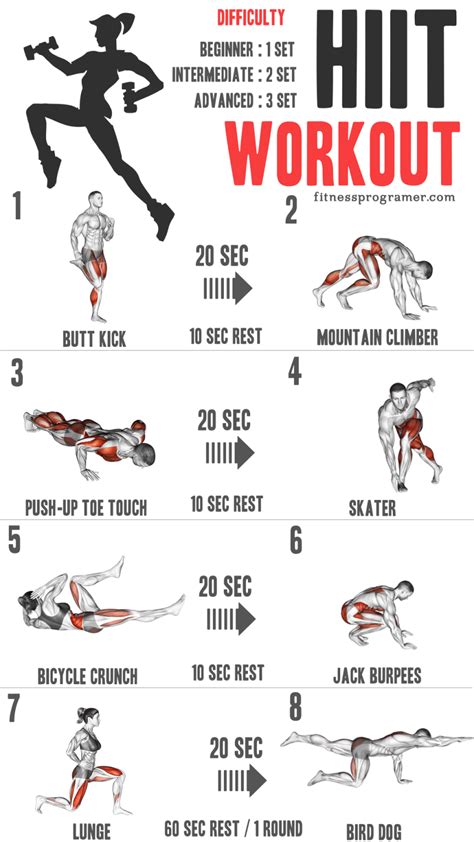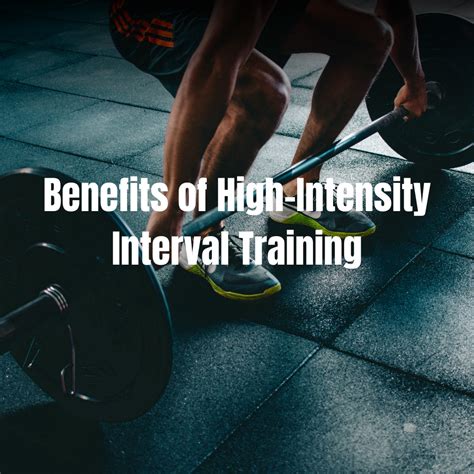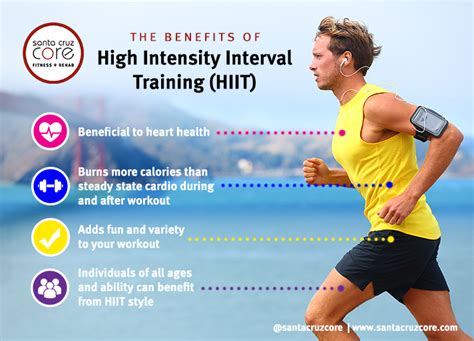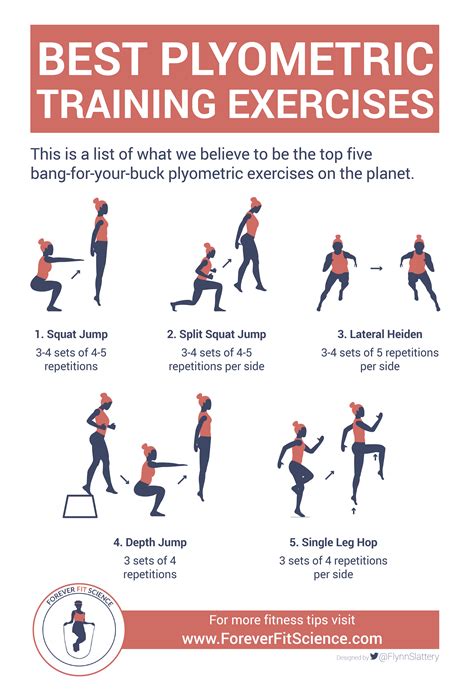Intro
Boost fitness with high intensity exercise benefits, including improved cardiovascular health, increased strength, and enhanced calorie burn, through intense workouts and interval training for a healthier lifestyle.
Regular physical activity is essential for maintaining a healthy lifestyle, and high intensity exercise is one of the most effective ways to improve overall fitness. Engaging in high intensity exercise can have numerous benefits, from improving cardiovascular health to increasing muscle strength and endurance. In recent years, high intensity interval training (HIIT) has gained popularity due to its ability to provide a full-body workout in a short amount of time. As a result, many people are incorporating high intensity exercise into their fitness routine, and for good reason. With its numerous benefits and time-efficient workouts, high intensity exercise is an excellent way to take control of one's health and wellness.
High intensity exercise is not just for athletes or fitness enthusiasts; it can be modified to suit individuals of all fitness levels. Whether you're a beginner or an experienced athlete, incorporating high intensity exercise into your routine can have a significant impact on your overall health and fitness. From reducing the risk of chronic diseases to improving mental health, the benefits of high intensity exercise are numerous and well-documented. As we delve into the world of high intensity exercise, it's essential to understand the science behind its benefits and how it can be incorporated into a fitness routine.
The benefits of high intensity exercise are not limited to physical health; it can also have a significant impact on mental well-being. Exercise has long been recognized as a natural mood booster, and high intensity exercise is no exception. The release of endorphins and other neurotransmitters during high intensity exercise can help alleviate symptoms of anxiety and depression, making it an excellent addition to a mental health routine. With its numerous physical and mental health benefits, it's no wonder why high intensity exercise has become a staple in many fitness routines. As we explore the world of high intensity exercise, it's essential to understand the different types of exercises, their benefits, and how to incorporate them into a fitness routine.
What is High Intensity Exercise?

Types of High Intensity Exercise
High intensity exercise comes in many forms, including high intensity interval training (HIIT), strength training, and plyometric exercises. HIIT involves short periods of high-intensity exercise followed by brief periods of rest, while strength training involves using weights or resistance bands to build muscle strength and endurance. Plyometric exercises, on the other hand, involve explosive movements that are designed to improve power and speed. Regardless of the type of high intensity exercise, the benefits are numerous and well-documented.Benefits of High Intensity Exercise

How to Incorporate High Intensity Exercise into Your Routine
Incorporating high intensity exercise into your routine can be simple and easy. Here are some tips to get you started: * Start slow: If you're new to high intensity exercise, start with shorter intervals and gradually increase the duration and intensity as you become more comfortable. * Find a workout buddy: Having a workout buddy can help keep you motivated and accountable, making it more likely that you'll stick to your routine. * Mix it up: Vary your workouts to avoid boredom and prevent plateaus. Try different types of high intensity exercise, such as HIIT, strength training, and plyometric exercises. * Listen to your body: Rest and recovery are just as important as the exercise itself. Make sure to listen to your body and take rest days as needed.High Intensity Interval Training (HIIT)

Benefits of HIIT
The benefits of HIIT are numerous and well-documented. Some of the most significant benefits include: * Improved cardiovascular health: HIIT is an excellent way to improve cardiovascular health, reducing the risk of heart disease and stroke. * Increased muscle strength and endurance: HIIT can help build muscle strength and endurance, making it easier to perform daily tasks. * Enhanced mental well-being: HIIT has been shown to reduce symptoms of anxiety and depression, making it an excellent addition to a mental health routine. * Time-efficient: HIIT workouts are typically short, making them an excellent option for those with busy schedules. * Caloric burn: HIIT can help burn calories, particularly when combined with a healthy diet.Strength Training

Benefits of Strength Training
The benefits of strength training are numerous and well-documented. Some of the most significant benefits include: * Increased muscle strength and endurance: Strength training can help build muscle strength and endurance, making it easier to perform daily tasks. * Improved bone density: Strength training can help improve bone density, reducing the risk of osteoporosis and fractures. * Enhanced mental well-being: Strength training has been shown to reduce symptoms of anxiety and depression, making it an excellent addition to a mental health routine. * Weight loss: Strength training can help burn calories, particularly when combined with a healthy diet. * Improved insulin sensitivity: Strength training has been shown to improve insulin sensitivity, reducing the risk of developing type 2 diabetes.Plyometric Exercises

Benefits of Plyometric Exercises
The benefits of plyometric exercises are numerous and well-documented. Some of the most significant benefits include: * Improved power and speed: Plyometric exercises can help improve power and speed, making it easier to perform daily tasks and reducing the risk of injury. * Increased muscle strength and endurance: Plyometric exercises can help build muscle strength and endurance, making it easier to perform daily tasks. * Enhanced mental well-being: Plyometric exercises have been shown to reduce symptoms of anxiety and depression, making it an excellent addition to a mental health routine. * Weight loss: Plyometric exercises can help burn calories, particularly when combined with a healthy diet. * Improved insulin sensitivity: Plyometric exercises have been shown to improve insulin sensitivity, reducing the risk of developing type 2 diabetes.As we conclude our exploration of high intensity exercise, it's essential to remember that incorporating physical activity into your routine can have a significant impact on your overall health and wellness. Whether you're a beginner or an experienced athlete, high intensity exercise is an excellent way to improve cardiovascular health, increase muscle strength and endurance, and enhance mental well-being. So why not give it a try? Find a workout buddy, mix up your routine, and listen to your body. With its numerous benefits and time-efficient workouts, high intensity exercise is an excellent way to take control of your health and wellness.
What is high intensity exercise?
+High intensity exercise is a type of physical activity that involves short periods of high-intensity exercise followed by brief periods of rest.
What are the benefits of high intensity exercise?
+The benefits of high intensity exercise include improved cardiovascular health, increased muscle strength and endurance, enhanced mental well-being, weight loss, and improved insulin sensitivity.
How do I incorporate high intensity exercise into my routine?
+To incorporate high intensity exercise into your routine, start slow, find a workout buddy, mix up your routine, and listen to your body. It's also essential to rest and recover, making sure to take rest days as needed.
We hope this article has provided you with a comprehensive understanding of high intensity exercise and its numerous benefits. Whether you're looking to improve your physical health or enhance your mental well-being, high intensity exercise is an excellent way to take control of your health and wellness. So why not share this article with a friend or family member, or leave a comment below with your thoughts on high intensity exercise? Together, we can take the first step towards a healthier and happier life.
